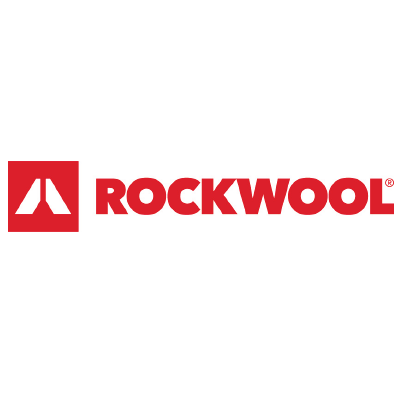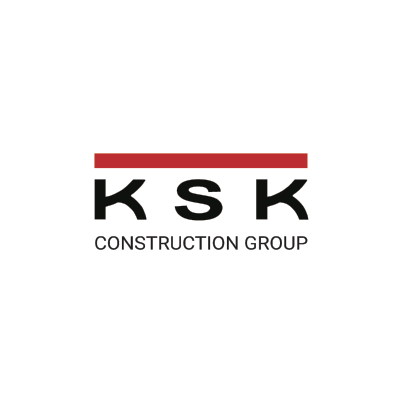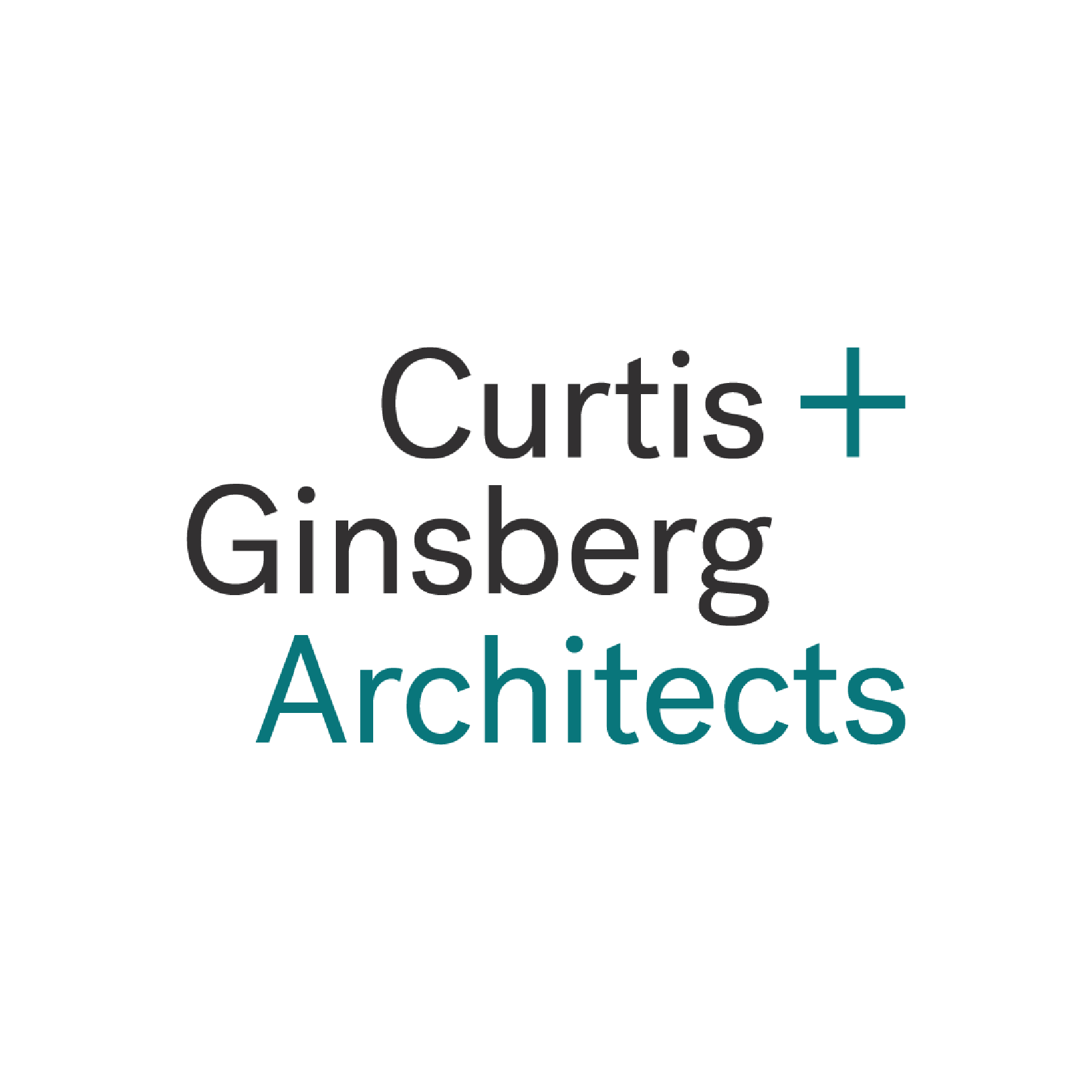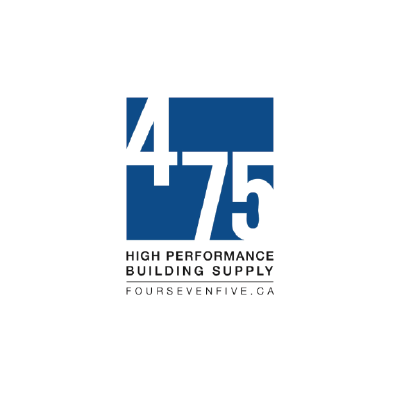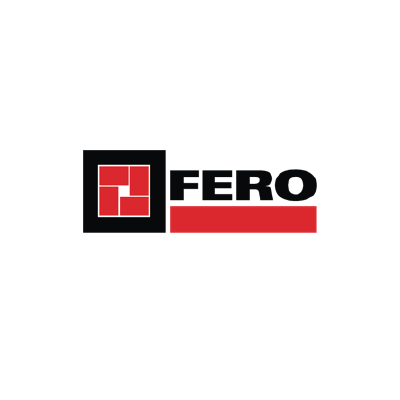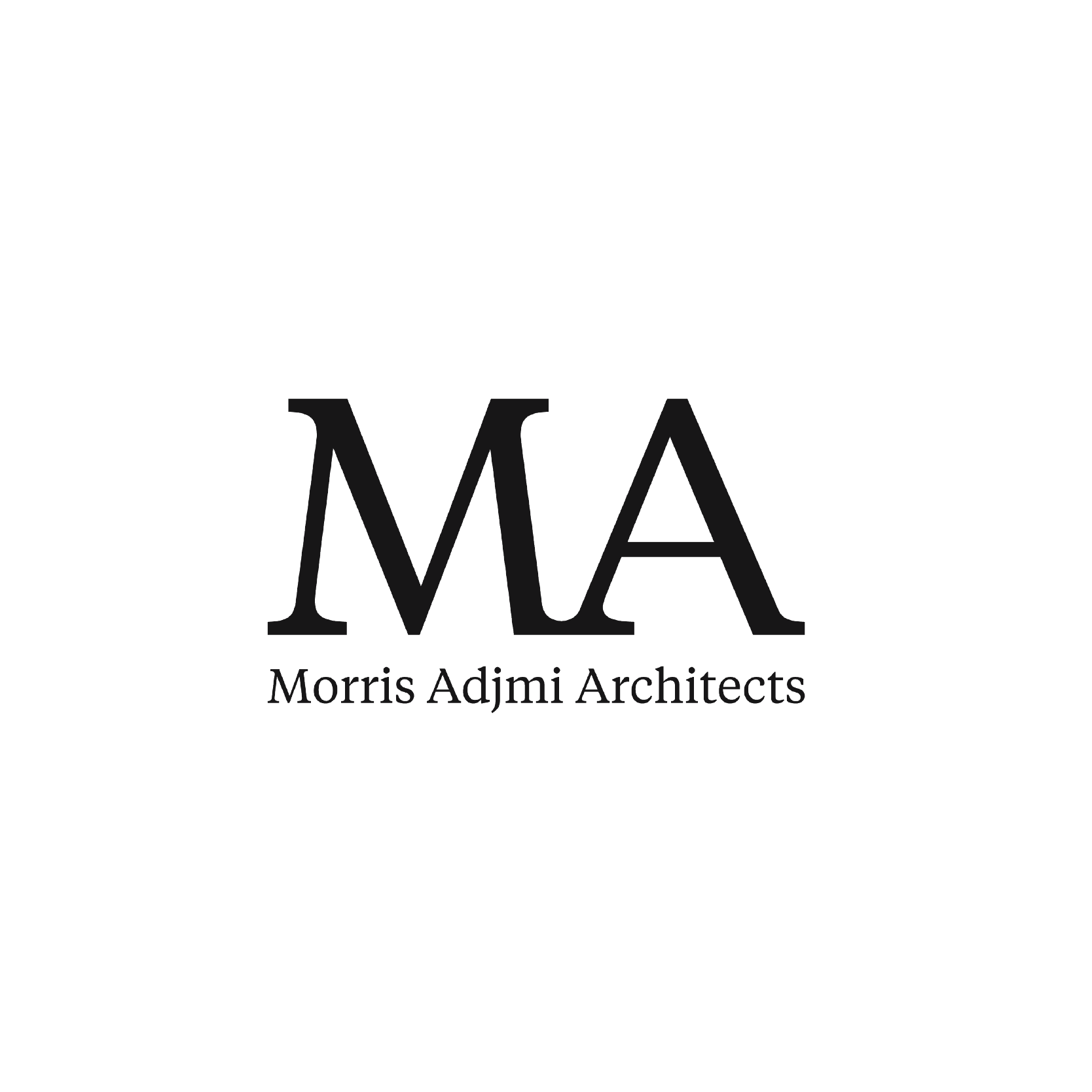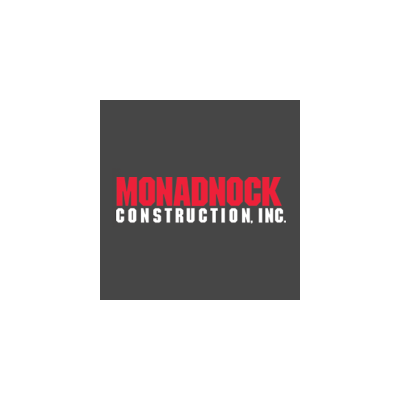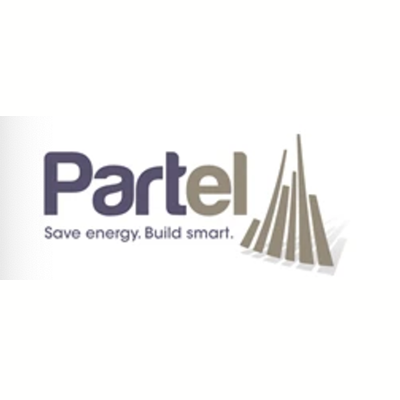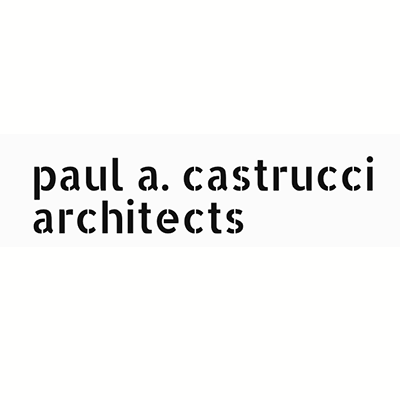Article courtesy of MAP Architects
While the work of sustainable development is a year-round pursuit, Earth Day gives us an opportunity to reflect on our progress and advocate for more. So, we asked our Director of Sustainability, Sara Bayer, three quick questions to talk about where we stand.
In the last couple of years we’ve signed the AIA 2030 commitment and won 7 NYSERDA Buildings of Excellence awards, what are we learning right now?
Well, first and foremost affordable housing is leading the way on this. With the sustainability requirements of the funding agencies, our sector is out in front of sustainable multifamily development. That means the developers, contractors, engineers, and so on, are familiar with the terminology, and things like Passive House. While everyone has different ideas of what to do, what’s hard to accomplish, or what’s too expensive, there has been a lot of great work in our world, and much better performing buildings are becoming the standard.
And we’re seeing that at MAP across our own portfolio. Because so much of our work is affordable housing, we’ve gotten exposure to the full array of building systems and technologies that are helping to transform sustainable development and we’re also seeing an accelerated shift toward the ultimate goal of carbon-neutral ready buildings, like those that the NYSERDA Buildings of Excellence competition is cultivating.
What are some sustainability measures that are hard to accomplish or maybe too expensive?
When it comes to achieving low-operational carbon, nothing is really that hard to accomplish at this point. Everything that we do in high-performing projects, from building systems to construction methods has been implemented in our industry for a while now. The big moves like tight building envelopes, insulation, heat pumps, heat recovery, and ventilation, even going all-electric, that’s all being done.
The other part of the question, what’s too expensive, that’s more a matter of interpretation. So, for instance, ERVs are sometimes considered “extra.” But the reality is that if you are producing a very tight building, you really need ERVs, and that’s a whole separate explanation, but just as importantly, they provide energy recovery (it’s in the name) so including the technology should allow you to downsize your heating system which saves money.
We looked at this trade-off and those of many other sustainability measures at the Rheingold Senior Housing building we’re doing. It’s being built to Passive House standards, but we priced it as both a Passive House and a building that would have hit NYSERDA Tier 2 standards. On that one, we found the cost differential was not even 1%. It’s because there is a balance. Yes, certain technologies, methods, and materials cost more but they can also save money in other parts of the budget or in operating costs if one looks at a project’s cost holistically. There are a lot of things that make buildings expensive, but energy efficiency measures aren’t necessarily the driving factors there.
Image: East Clarke Place Senior Residence roof terrace

